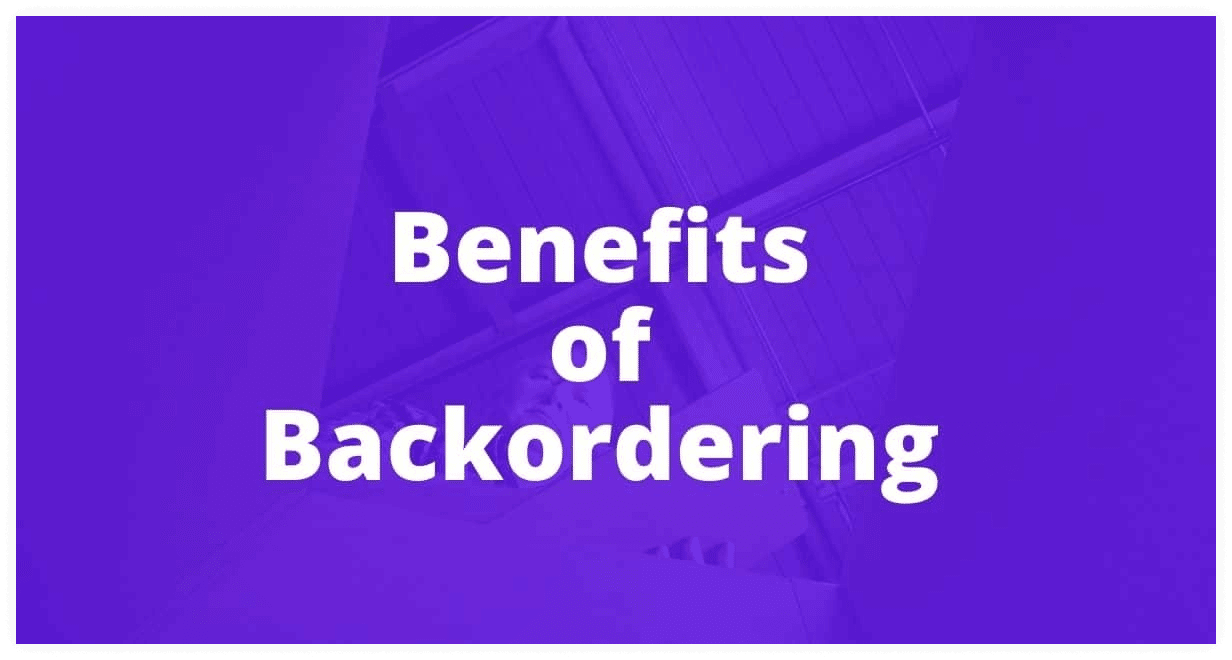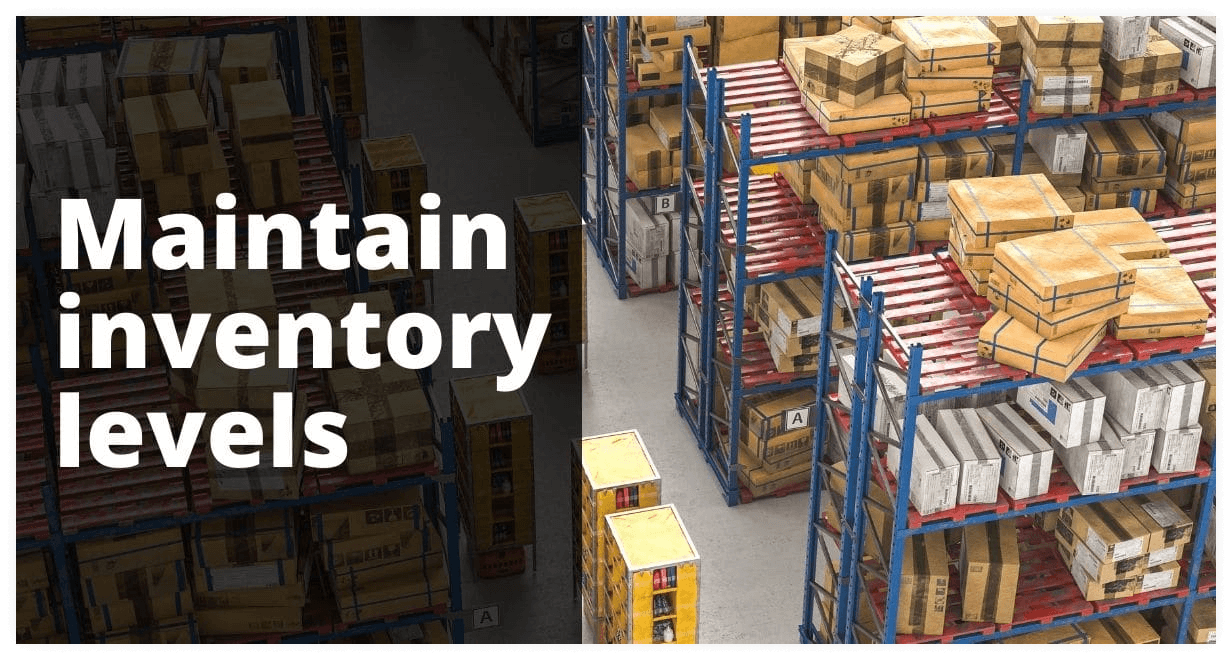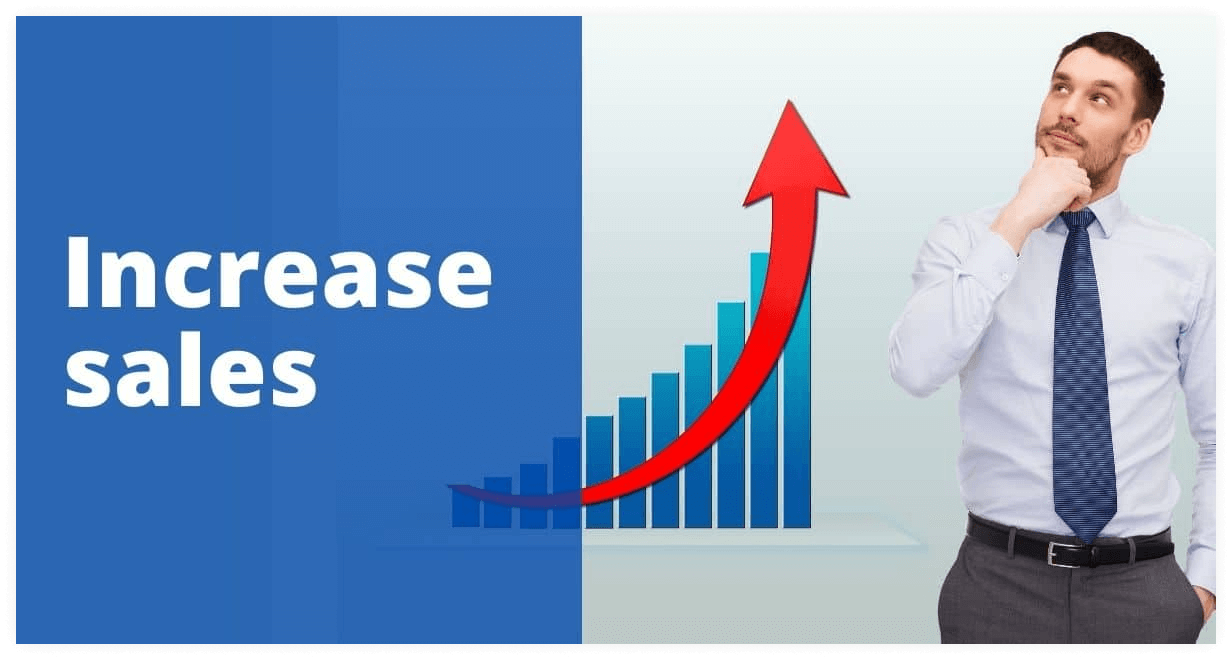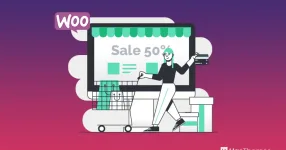
Backorder: Definition and 12 Benefits of Backordering
What is Backorder? Backordering is a term used in business when a customer orders a product that is currently out of stock. The product will be shipped to the customer as soon as it becomes available again. Backordering typically occurs when a customer orders a product that is not regularly stocked by the company, or when there is high demand for the product and it sells out quickly.
There are many benefits to backorder products. In this article, we will discuss 8 of the most important benefits!
Backorder Benefits

Here we are going to list a few benefits of backorder.
- Backorder Benefits
- Benefit #1: Backordering helps to ensure customer satisfaction
- Benefit #2: Backordering allows for last-minute purchases
- Benefit #3: Backordering helps to maintain inventory levels
- Benefit #4: Backordering can reduce costs
- Benefit #5: Backordering can increase sales
- Benefit #6: Backordering can reduce waste
- Benefit #7: Backordering helps improve supplier relationships
- Benefit #8: Backordering helps improve customer relationships
- Benefit #9: Backordering supports better forecasting
- Benefit #11: Back ordering is a great way for businesses to test the market for a new product
- Benefit #12: Backorders are typically less expensive than purchasing a product outright.
- How to add backorder in WooCommerce?
Benefit #1: Backordering helps to ensure customer satisfaction
When a company runs out of a product, it can lead to unhappy customers. By backordering the product, the company is ensuring that the customer will be happy with their purchase.
Benefit #2: Backordering allows for last-minute purchases
Backordering allows for last-minute purchases. Backorders can be placed at any time throughout the day, or even after hours if necessary. Backorder fulfillment services are available 24/hours a day and seven days a week so that customers never have to wait too long to receive their order. Backordered items will typically arrive within two weeks of the original purchase date.
Benefit #3: Backordering helps to maintain inventory levels

Maintaining inventory levels is a critical part of any business. By backorder products, businesses can ensure that they do not oversell or undersell their products. This allows for better stock management and more accurate forecasting.
Benefit #4: Backordering can reduce costs
Backorders are typically less expensive than purchasing a product outright. Backing out of an order when it becomes available again allows businesses to save money on the cost of goods sold (COGS). Backordered items will also be delivered faster than those that were ordered directly from suppliers or manufacturers. This helps reduce shipping costs and lead times.

Backordering also allows businesses to avoid inventory obsolescence, which occurs when products become unsellable due to age or changes in consumer preferences. Backorders allow businesses to sell these items before they expire.
Benefit #5: Backordering can increase sales

By backordering products, businesses can increase sales. Backorders are typically higher-priced than items that are in stock at the time of purchase, and they often sell quickly due to their rarity. Backordered products may also have shorter lead times than those purchased directly from suppliers or manufacturers because they do not need to be shipped as far away (or internationally). This can help increase sales for businesses that sell these types of products. Backorders also help improve customer satisfaction because they allow customers to get what they want right away instead of having to wait until it becomes available again at another time or place.
Benefit #6: Backordering can reduce waste
Backordering reduces waste by allowing businesses to avoid overstocking or understocking their products. Backordered items can also be used as a promotional tool to increase sales. When businesses have excess stock, it can often lead to the destruction of those products.
Backordering can help reduce this waste and keep products in circulation.
Benefit #7: Backordering helps improve supplier relationships

Backorders can improve supplier relationships. Backordered items typically come from suppliers who may not be able to meet demand at the time of purchase, or they may have a limited supply. Backordering allows businesses to maintain good relations with their suppliers by ensuring that products are readily available when needed rather than having too many on hand and forcing customers away due to lack of availability.
Backordering can also help to improve supplier relationships by allowing businesses to order products that they would not typically have the budget for.
Benefit #8: Backordering helps improve customer relationships
Backorders also help improve customer relationships by allowing customers to get what they want right away instead of having to wait until it becomes available.
Benefit #9: Backordering supports better forecasting
Backordering can support better forecasting by allowing businesses to track inventory levels and anticipate future needs. Backorders also help improve customer satisfaction because they allow customers to get what they want right away instead of having to wait until it becomes available again at another time or place.
Benefit #11: Back ordering is a great way for businesses to test the market for a new product
Backordering can also be used as a way for businesses to test the waters with a new product. When businesses first introduce a new product, they may not know how popular it will be. Backordering allows them to gauge interest in the product without investing too much money upfront. If there is not much interest in the product, they can cancel their order and avoid wasting money on items that aren’t selling well. Backorders also help improve customer satisfaction because they allow customers to get what they want right away instead of having to wait until it becomes available again at another time or place

Backordering is a great way for businesses to test the waters with a new product. Backorders allow businesses to gauge interest in the item before investing too much money upfront, and if there is not much interest then they can cancel their order instead of wasting resources on items that aren’t selling well
Benefit #12: Backorders are typically less expensive than purchasing a product outright.
Backorders typically have lower prices because they come from suppliers who may not be able to meet demand at the time of purchase. Backordering allows businesses to save money on inventory costs while still having plenty of products available when needed
Backordered items are also often less expensive than purchasing them outright, due to their limited availability and reduced lead times (or wait times). Backordering is a great way for businesses to test the waters with new products. Backorders allow companies
How to add backorder in WooCommerce?
You can use WooLentor plugin to add backorder in WooCommerce. Adding a backorder option in WooCommerce is very easy. First, open up the “Products” tab and then select the product you want to add the backorder option to. Once you have opened up the product, scroll down until you see the Backorders section. Here, you will be able to choose how many items are available for backorder, the lead time (or how long customers have to wait until they receive the product), and whether or not you want to notify your customers when a product is back-ordered.

You can also choose what happens to an order once it reaches its maximum quantity for backorders. You can either stop the order from being placed, let the customer know that the product is no longer available, or have the order canceled.



